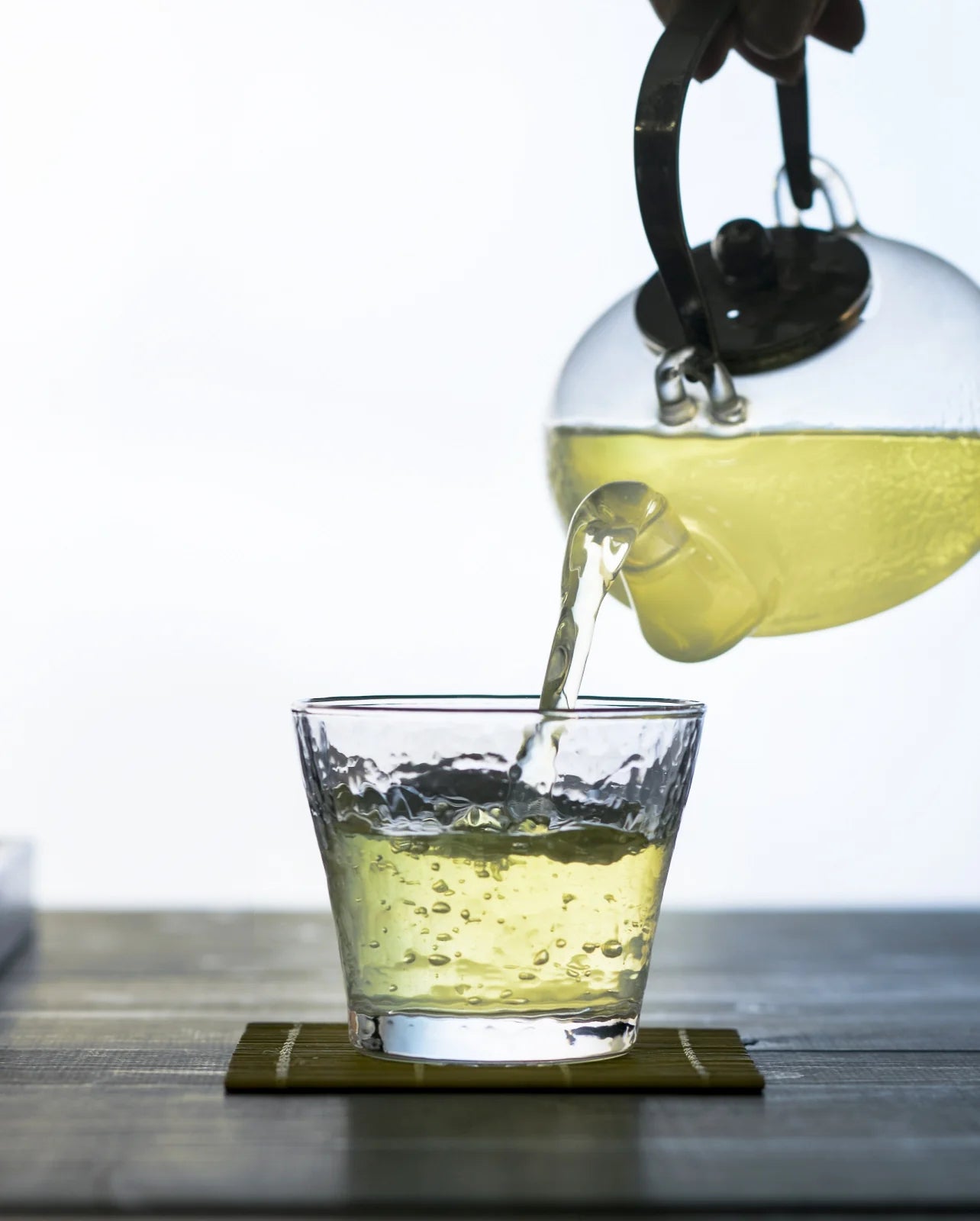about the nakamura tea brand
Since its founding in 1854 (Ansei 1), Nakamura Tokichi Honten has strived to bring out the “character” of each tea. For sencha, we use open-field cultivation without covering, resulting in a refreshing and invigorating flavor. For gyokuro, we utilize labor-intensive covered cultivation to achieve a rich and profound umami taste.
We remain committed to offering tea that is not only visually appealing but also truly delicious to drink.

Matcha
Matcha is a finely ground tea made from tencha, a tea cultivated by covering the new shoots during their growing period to block sunlight. This process prevents the transformation of sweet and umami components into bitter compounds, resulting in a deeply mellow sweetness, rich umami, and a complex, layered aroma. Only the tender leaf flesh is ground finely in a tea-grinding stone into a powder, producing matcha.
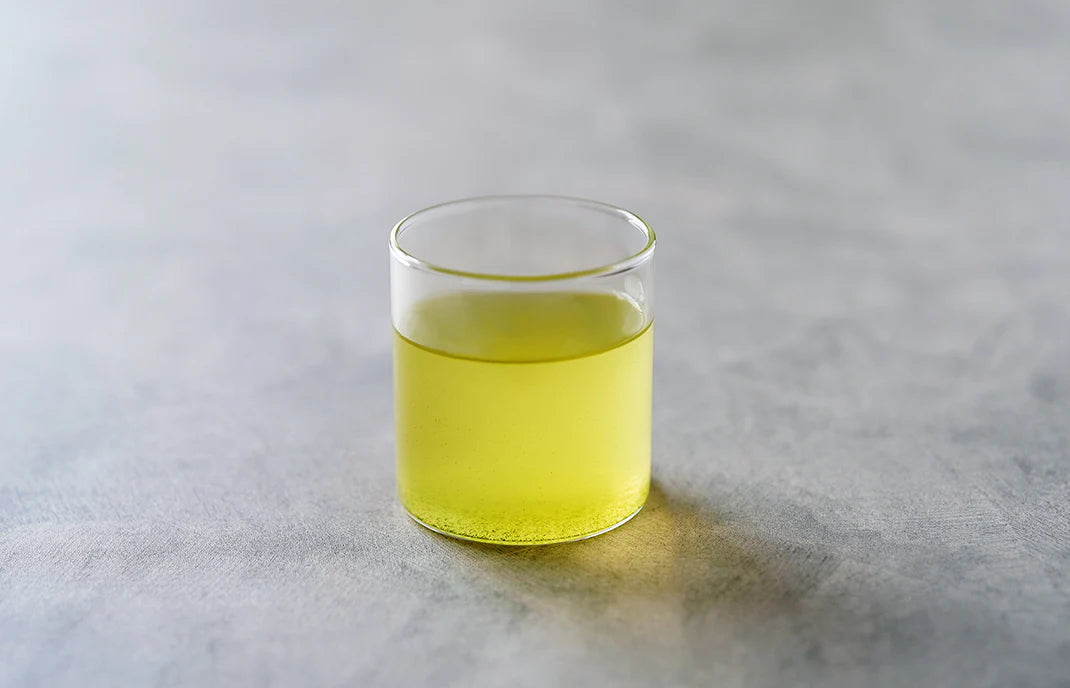
Gyokuro
Like tencha, Gyokuro is grown by covering the new shoots during their growing period to block sunlight. High-quality gyokuro has a distinctive "covered aroma" similar to the scent of nori (seaweed), produced by its strong sweetness and umami.
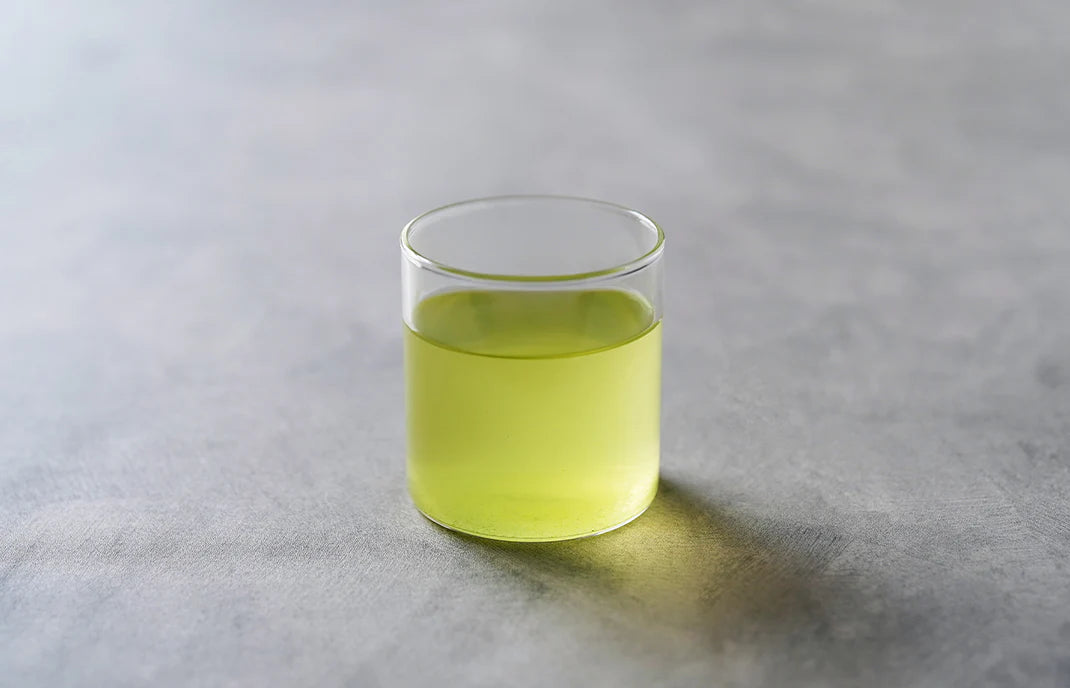
Kabusecha
Kabusecha is a type of tea that falls between sencha and gyokuro. Like gyokuro and tencha, kabusecha is grown by covering the new shoots during their growing period to block sunlight. However, while gyokuro and tencha are shaded for at least 20 days, kabusecha is only shaded for about 7 to 10 days. Although it does not have the rich sweetness and umami of gyokuro, it has a milder flavor than sencha, making it an excellent choice for those who find the bitterness and astringency of other teas too strong.
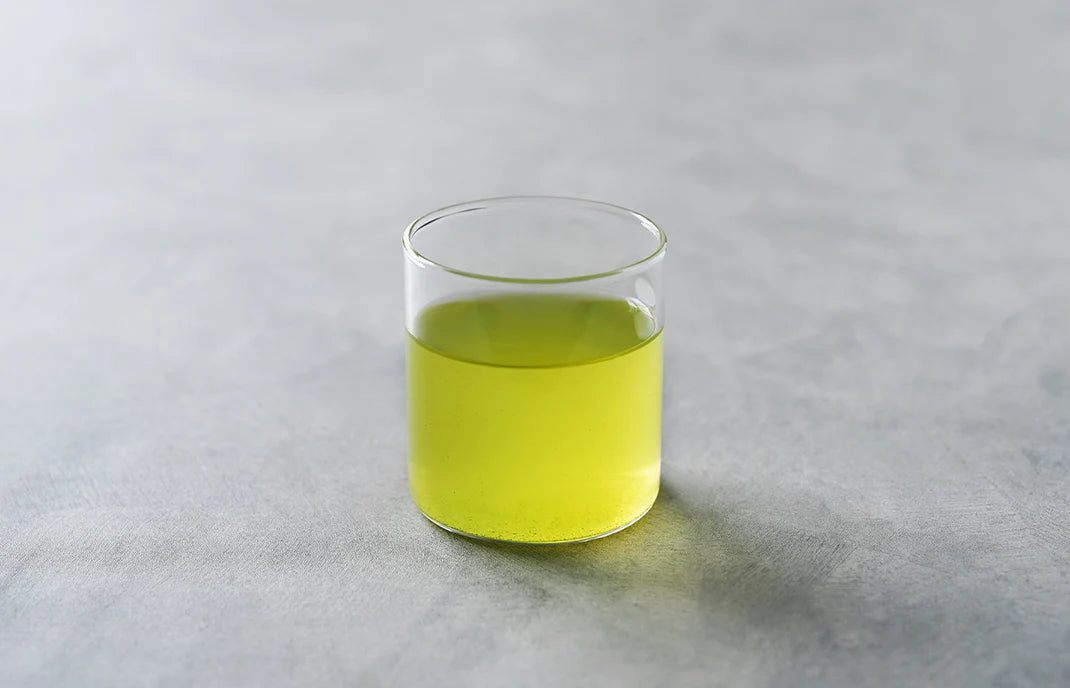
Sencha
Sencha is the most commonly cultivated and consumed type of Japanese tea. Grown without shading, the tea plants are exposed to ample sunlight, which allows for a balanced development of sweetness, umami, bitterness, and astringency. This results in sencha's unique refreshing and clear flavor.
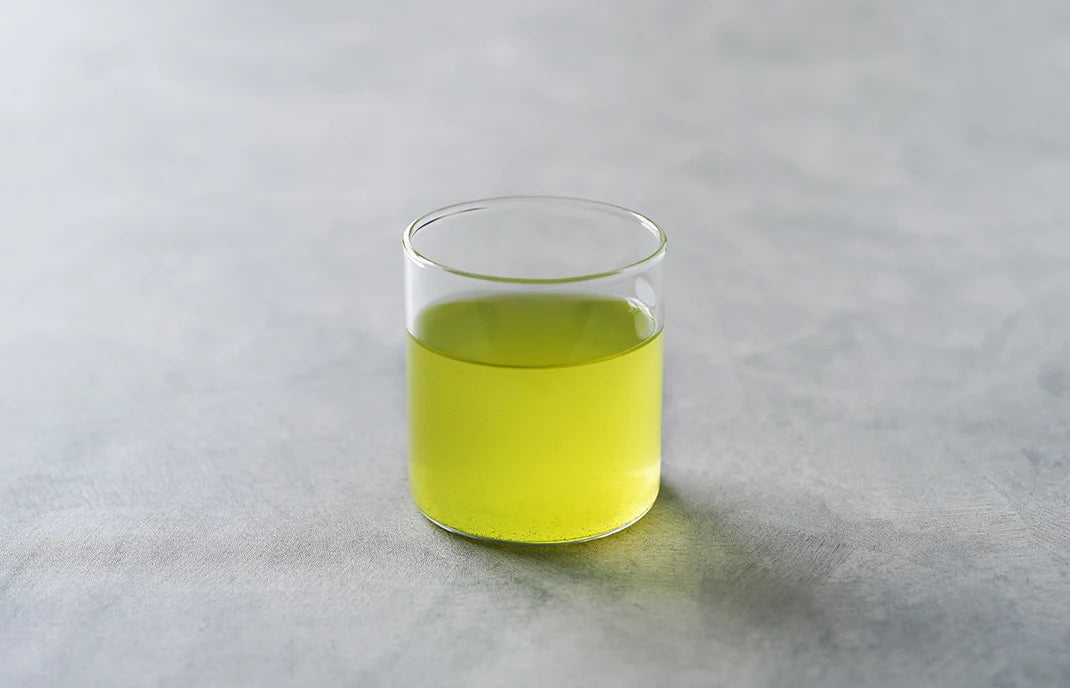
Nakamura-cha
Nakamura Tea is a unique blend available exclusively at our store. In tea terminology, blending is called "gougumi" (合組). Nakamura Tea is crafted by blending seven types of tea, including sencha and gyokuro, using a secret ratio and method to create a tea that anyone can brew easily and enjoy deliciously.
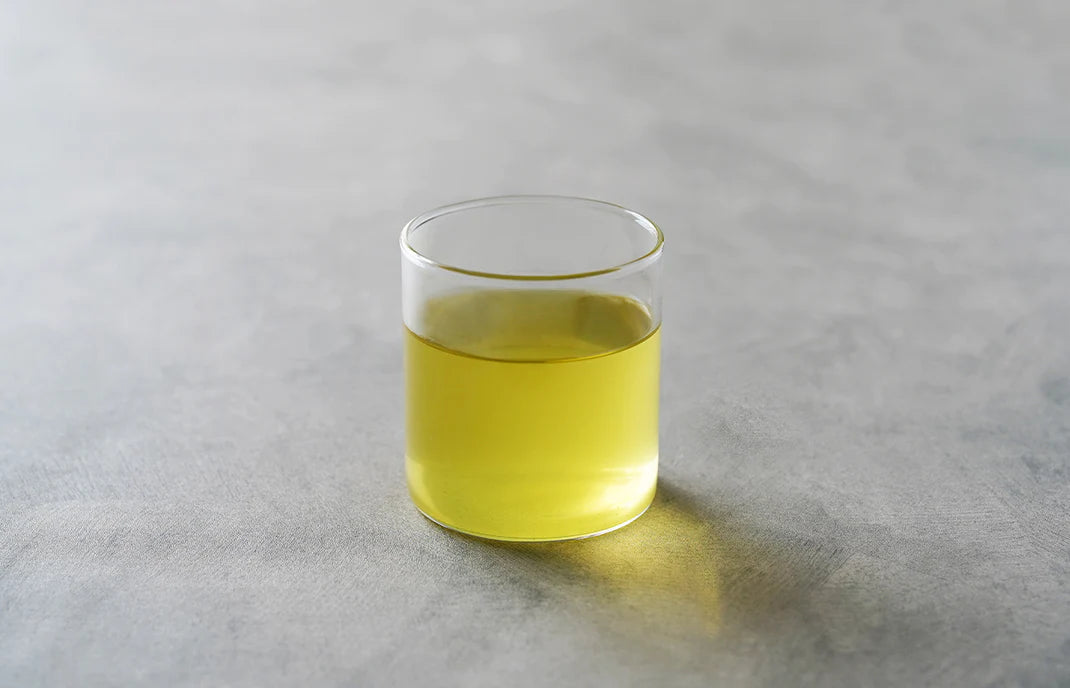
Sencha "Tokichi"
Sencha Tokichi, grown in regions of high elevation with significant temperature variations, is carefully matured until autumn. This slow aging process brings out the rich, robust bitterness and noble fragrance that have become rare in modern teas. The tea's flavor profile is bold and untamed, with clear, distinct notes that reflect the strength of nature itself. This might seem unfamiliar to those accustomed to the smoother, more mild teas popular today, but Sencha Tokichi carries a depth that calls for another cup, revealing the true spirit of Sencha’s ancient appeal.
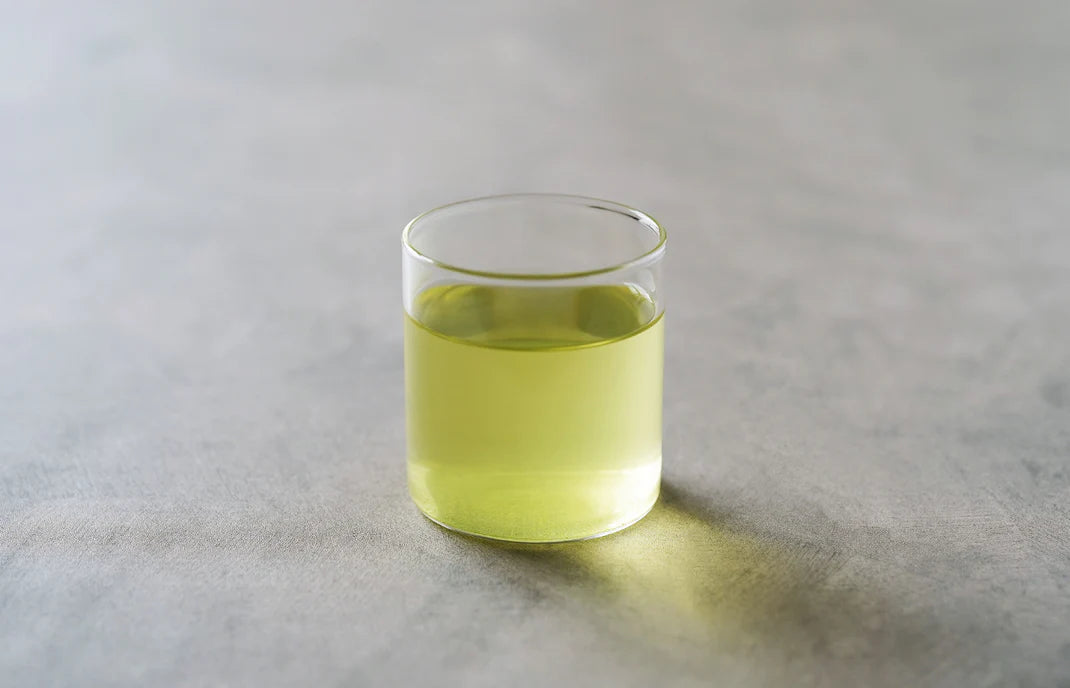
Shincha
Shincha (new tea) refers to the tea harvested in spring (= ichiban-cha or first-flush; in Uji, harvesting starts in early May). While shincha is available in various types such as tencha, gyokuro, and kabusecha, our store exclusively sells first-flush sencha as “shincha.” The greatest appeal of shincha is its youthful, fresh aroma.
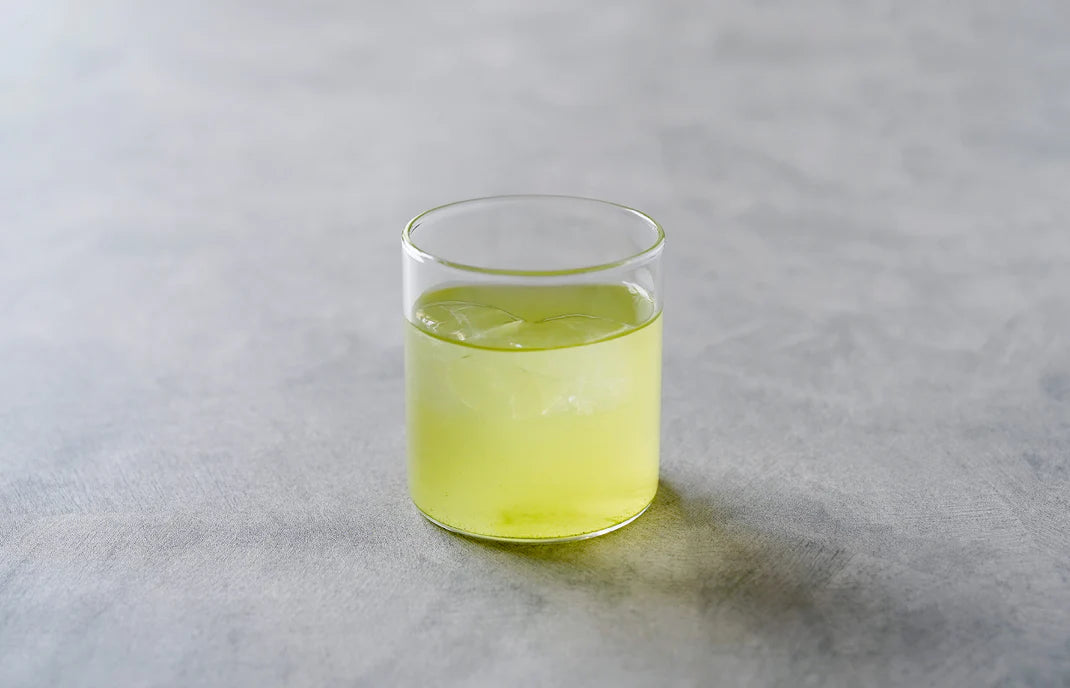
Iced Sencha
Cold-brewed sencha is a seasonal specialty tea prepared with a unique blend and method to achieve a well-balanced flavor profile. When brewed with cold water, it offers a rich umami and depth, gradually spreading sweetness, and a moderate level of bitterness.

Hojicha
Hojicha is tea made by roasting the leaves and stems of sencha or similar teas at high temperatures. It is characterized by its toasted aroma and deep brown color. The high-temperature roasting process reduces bitterness and astringency, resulting in a very clean and refreshing taste.
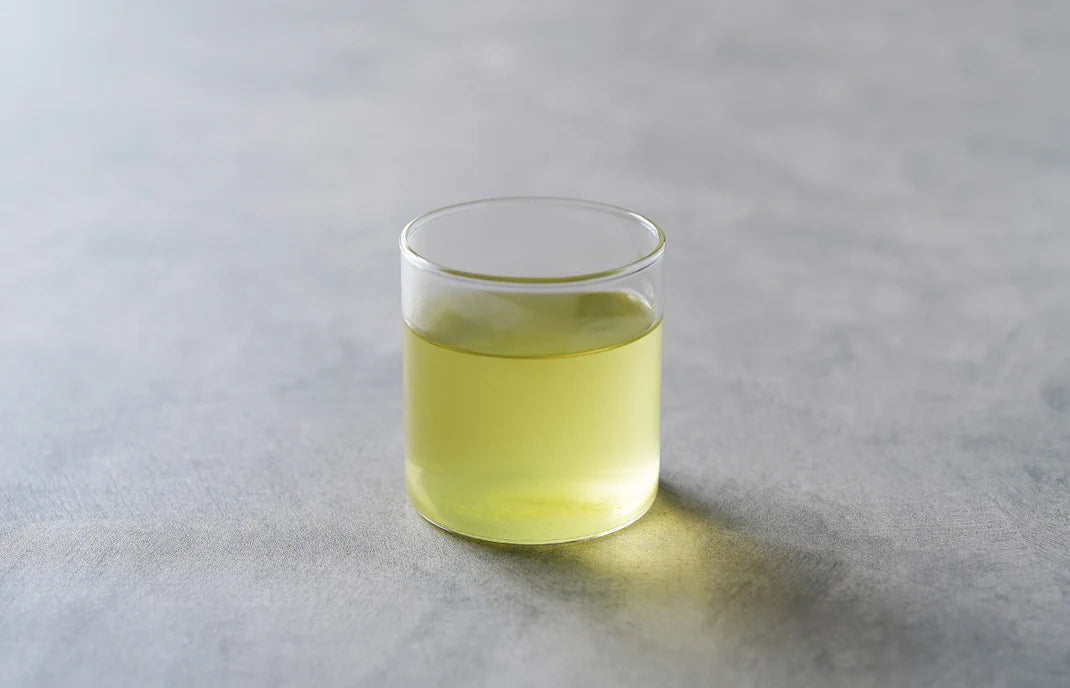
Kukicha
Kukicha's light and refreshing taste makes it easier to drink than leaf tea. It doesn’t develop a bitter taste even when brewed with boiling water, making it perfect for when you're short on time.
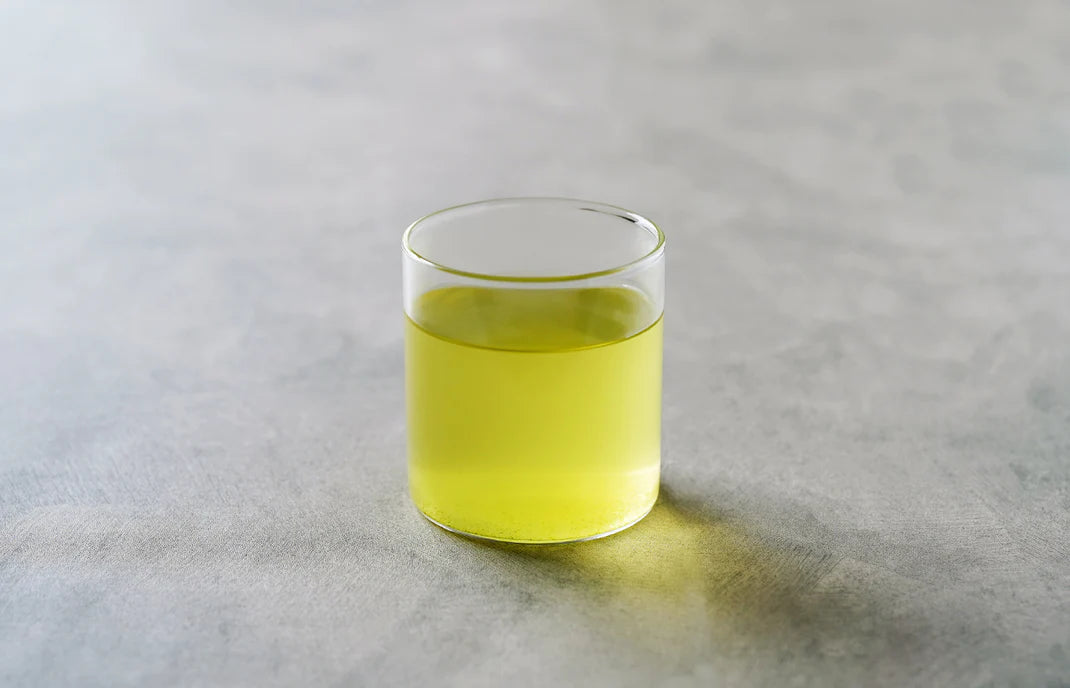
Genmaicha
Genmaicha (rice tea) is made of larger grown sencha tea leaves, blended with roasted rice. The toasted brown rice imparts a distinct, nutty aroma that adds a unique toasty flavor to the tea, different from the roasted notes found in hojicha.

Yanagi
Although it is essentially sencha and has a similar flavor, the main differences lie in the size of the tea leaves and its light flavor. Similar to genmaicha, larger sencha leaves offer a balanced flavor profile without being overly sweet, savory, or bitter, even when brewed with boiling water, resulting in a very refreshing taste. Some people may find it easier to drink and more delicious than regular sencha, making it perfect for dishes like ochazuke (rice in green tea). While it might not be the best choice for serving guests, it's an enjoyable tea that can be savored without formality.
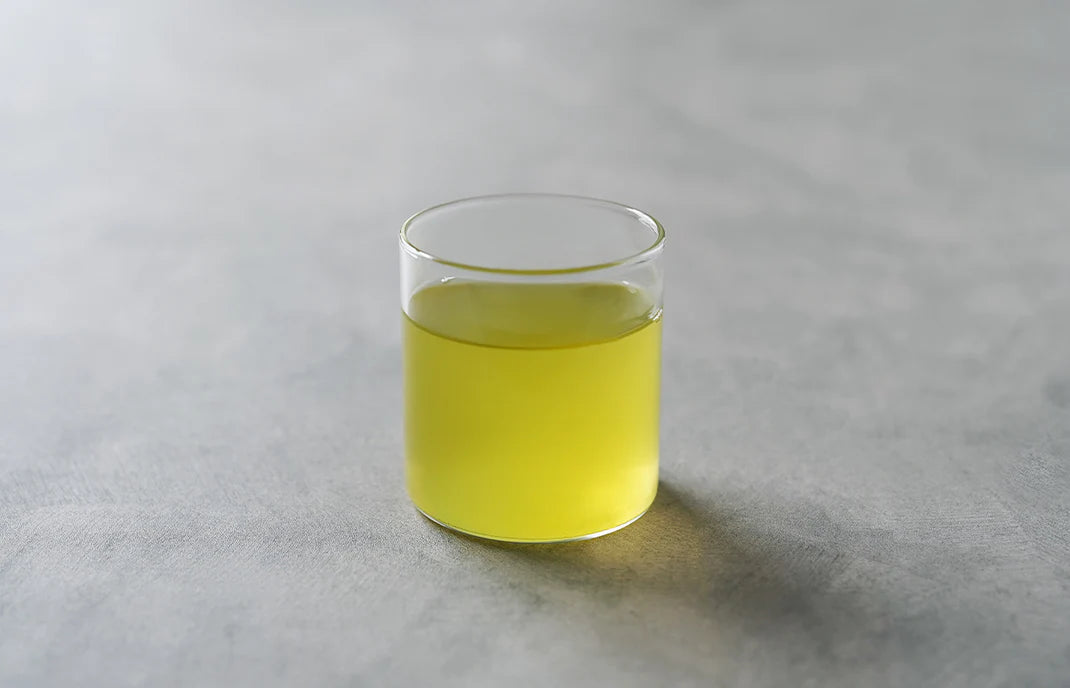
Konacha
Konacha is a tea produced by gathering the tiny broken fragments of tea that have dropped out during the manufacturing process of sencha and gyokuro.Because various tastes are condensed into small leaves and sprouts, this kind of tea is characterized by an extremely rich flavour and aroma.
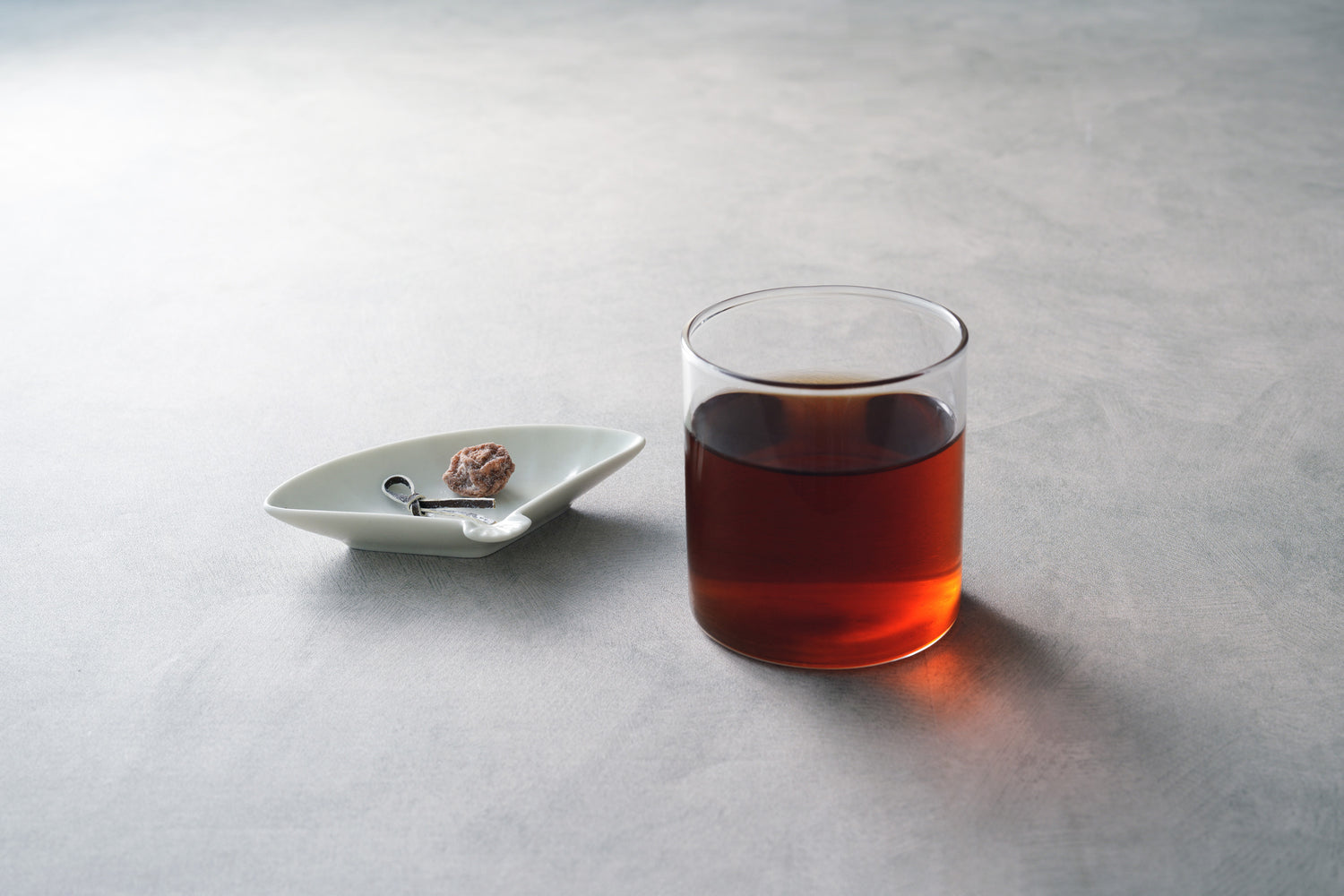
Obukucha
In Kyoto, people drink tea with pickled plums and kelp to pray for good health during the New Year.
This tea is called "Obukucha" and is said to have originated when Kuya Shonin served it to the common people as a plague repellent during a plague epidemic in Kyoto in the Heian period (794-1185).It is said that if, after drinking the tea, you wrap the small plum and kelp in the tea cup in a piece of Kaishi paper and wipe your body with it, you will not get sick for the year.
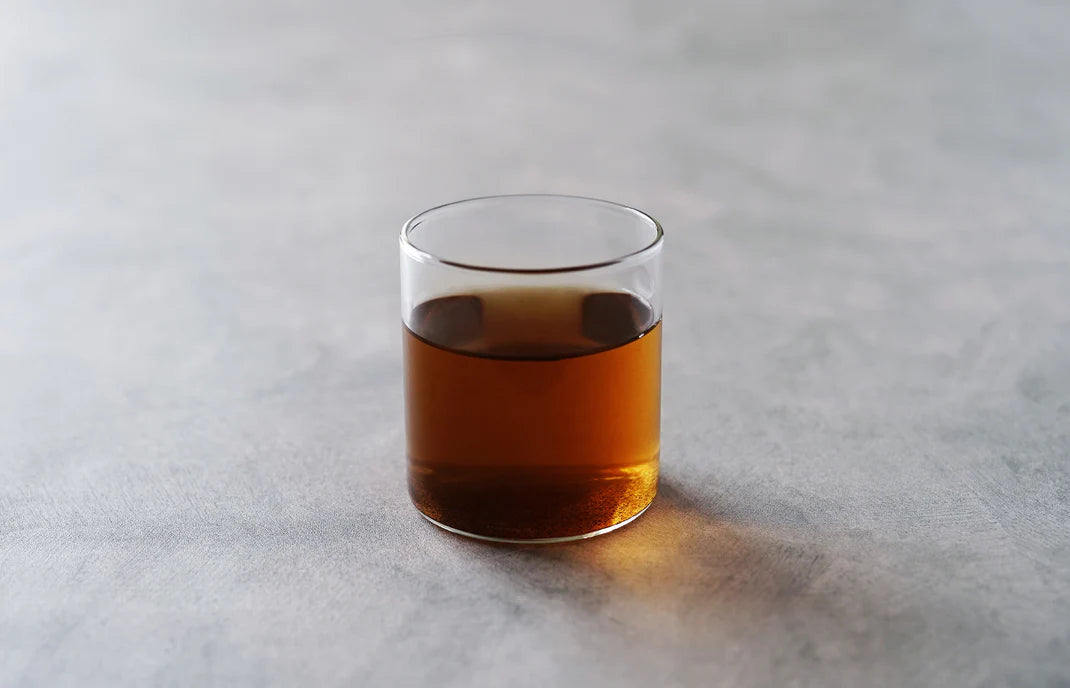
Other Teas
Green Tea, Barley Tea with Kuki Hojicha, Bancha, etc.




